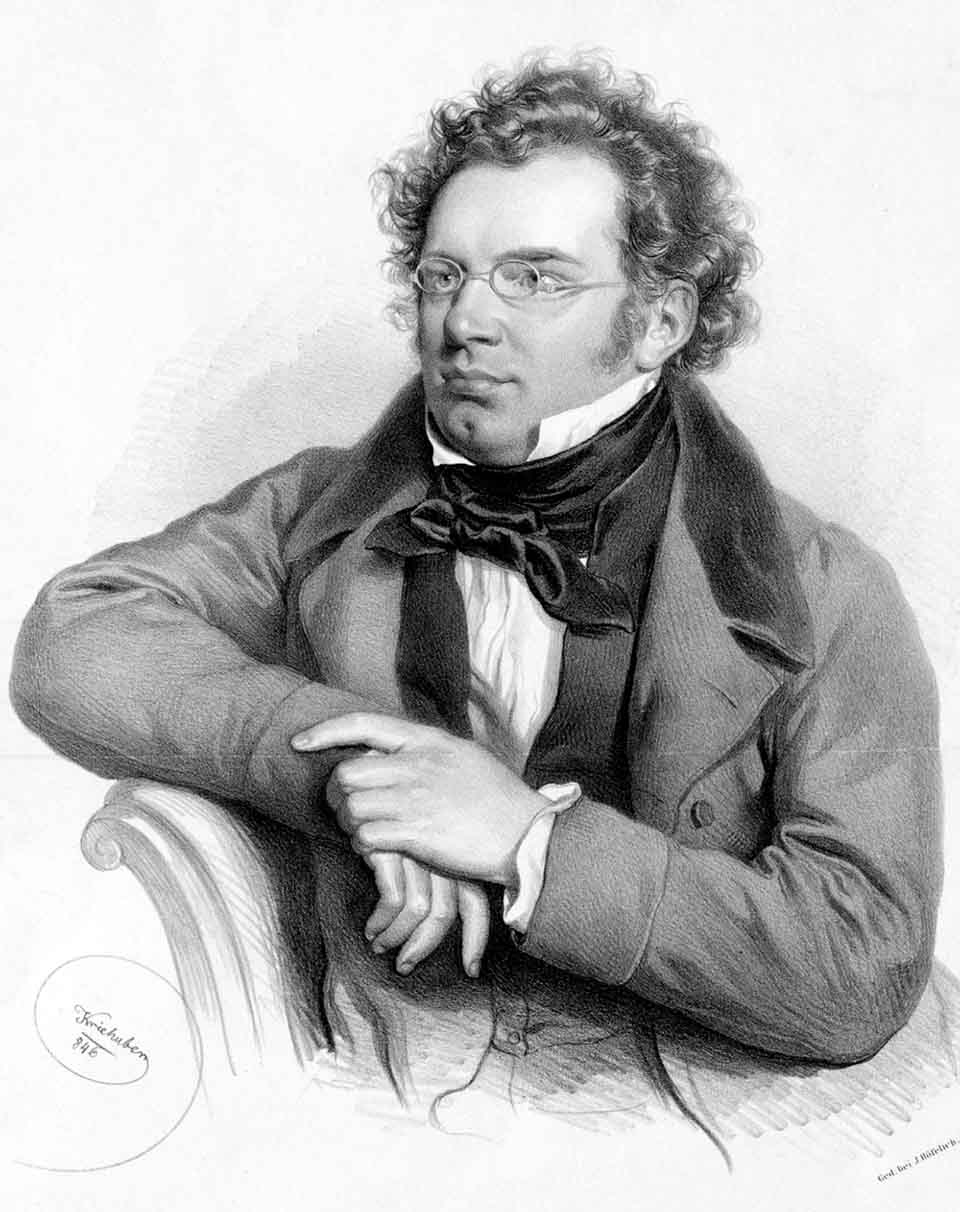
If you are over A Certain Age, you can probably sing the next few lines of this song without difficultly. It’s one of the most well-known numbers in The Sound of Music, when Maria sings the song Do-Re-Mi with the von Trapp children to teach them the major scale. Perhaps you too were taught singing using this sol-fa system in your early years. Sol-fa is also known as solfeggio and it’s a fundamental element of the Kodály vocal training method which has a world-wide following. The useful thing about the system is that the note-names don’t correspond to pitch but to the degree of the scale. Put simply, you can use sol-fa in any key because the “root” of the key is always “doh”.
The sol-fa system was developed in the early 19th century by the English music teacher Sarah Glover and popularized by the publisher John Curwen. She based the system on an ancient gamut invented in the 11th century by the music theorist and Benedictine monk Guido of Arezzo. He proposed that the notes of the scale were given names taken from the first syllable of each line in the Latin hymn Ut queant laxis. The result was the note-names ut, re, mi, fa, sol and la. In the 1600s, the theorist Giovanni Doni suggested the use of “do” instead of “ut” on the grounds that it was easier to pronounce. His contemporaries speculated that Doni preferred “do” because it’s an abbreviated form of his own surname. Nevertheless, the name stuck. Another note-name, “si” was later added for the seventh note of the scale. In 1827, Sarah Glover changed the “si” to “ti” so that each name began with a different letter, though different languages use different spellings. And that, somewhat simplified, is how the sol-fa or solfeggio system came to be.
In recent years, a raft of pseudo-scientific nonsense has emerged touting a supposed phenomenon erroneously called “ancient solfeggio frequencies”. Like so many other conspiracy theories and New Age irrational thinking, this dodgy concept not only hijacks but also misapplies terminology. The expression “solfeggio frequencies” is a misnomer because “solfeggio” refers only to sol-fa, and not exact notes.
Several websites use vacuous expressions like the “original tones of the heavenly spheres”. It’s claimed that that the so-called “solfeggio frequencies” were discovered in the mid-1970s by the naturopathic physician and herbalist Dr. Joseph Puleo, through a series of pareidolic numerological calculations involving Bible verses. On a New Age website named The Grand Solfeggio (another misnomer) the anonymous writer claims that this same Dr. Puleo had a vision in which he was miraculously given the secret of the frequencies by an angel. Yes, well.
But let’s get back to our three notes. There are dozens, if not hundreds of pieces of music that begin with these. There’s the folk song Frere Jacques for example, or the song Wouldn’t it be Loverly from “My Fair Lady”. Then there’s the verse of the song Que Sera Sera immortalized by Doris Day. You can find this series of three notes in the works of almost all composers and those of the eighteenth century were particularly fond of them because they quickly established the key and tonality of the music. One of its most expressive uses is in the opening bars of one of Schubert’s final compositions.
For its time, this symphony is unusually long and was considered especially challenging because of its demanding woodwind and string parts. In 1838, ten years after Schubert’s death, the work was performed publicly for the first time by the Leipzig Gewandhaus Orchestra conducted by Felix Mendelssohn. Even so, when Mendelssohn took the work to Paris and London in the early 1840s, some orchestras flatly refused to play it. It may have seemed disconcertingly “modern” to early 19th century ears because in many ways, the music was ahead of its time.
You’ll first hear the doh-ray-me theme (the notes C, D and E in this case) at the very beginning, played on a solo French horn. The first movement develops this three-note theme and you can clearly hear the organic growth within the music. It develops into scampering Mendelssohn-like section, but always reminding us of the three-note motif. The second movement has a complete change of mood and many unexpected moments. The third movement, a Beethoven-like Scherzo with a lightness of touch is a delight, helped by sparkling and accurate playing of this fine German orchestra. Listen out for one of Schubert’s sublime melodies in the Trio section of the Scherzo at 35:01. The fourth movement has a bouquet of lovely melodies and another musical surprise, a quote from part of the famous Ode to Joy theme from Beethoven’s 9th Symphony, which Schubert had heard the previous year. However, the quotation is remarkably subtle and played softly on the clarinets and woodwind. You could easily miss it, if you happen to be having a swig of coffee at the time.
 |
 |
 |





